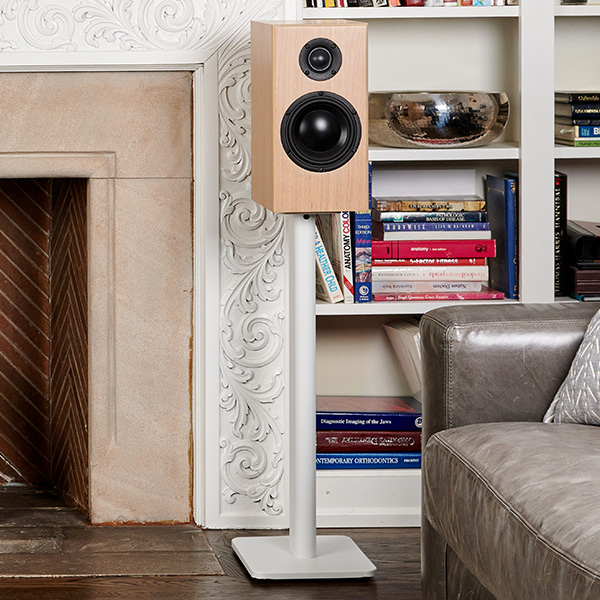
When you’ve invested in a high-end audio system—whether it’s for immersing yourself in Mark Knopfler’s Sailing to Philadelphia, feeling the thunder of Tool’s Fear Inoculum, or catching every whisper of Norah Jones’s vocals—you want every component to perform at its peak. But there’s one often-overlooked element that can make or break your sonic experience: the quality of the power feeding your system.
Enter power conditioning.
In this article, we’ll explore the difference between power bars and power conditioners, break down the types available, and explain how they affect audio performance—especially in high-end stereo systems and home theaters. Whether you’re a serious vinyl collector or a home cinema enthusiast, understanding power conditioning can elevate your entire system.
At first glance, a power bar and a power conditioner might look similar—both offer multiple outlets to plug in your gear. But functionally, they’re very different.
In short, power bars are about safety and convenience. Power conditioners are about performance.
Not all power solutions are created equal. There are several categories, each with distinct benefits and limitations.
Passive solutions typically use basic surge protection and sometimes include EMI/RFI filters (electromagnetic and radio frequency interference).
Pros:
Cons:
Active power conditioners use complex circuitry to regulate voltage and actively remove noise. Some advanced models include regenerative power supplies that rebuild the AC waveform from scratch, ensuring a pure sine wave output.
Pros:
Cons:
Some audiophiles describe the improvement from active power conditioning as the equivalent of switching from a compressed MP3 to a high-resolution FLAC file—more space, more detail, more emotion.
In a high-end 2-channel system—whether you’re spinning vinyl from Dark Side of the Moon or streaming A Love Supreme in 24-bit—the smallest details matter. High-resolution components demand power that is free of noise and fluctuation. Even slight variations in voltage can introduce hum, graininess, or dynamic compression.
Active power conditioners help eliminate:
The result? Deeper bass, wider soundstage, clearer vocals, and improved instrument separation. You’ll hear the decay of cymbals, the breath behind the lyrics, the tension in silence—all the nuances that make a system truly hi-fi.
Passive power conditioners can still be effective for entry-level or mid-tier systems, or in environments with relatively clean power. They offer protection and light filtering without impacting dynamics—but in many cases, serious audiophiles quickly outgrow them.
In home theater systems, power demands are even greater. A single system might include a receiver, subwoofer, Blu-ray player, gaming console, streaming device, and projector—all drawing power simultaneously.
Active power conditioners help:
If you want your Dune 4K Blu-ray to rumble like thunder without introducing buzz, crackle, or hiss, a power conditioner can be the difference between a good viewing and a cinematic experience.
If you’re the kind of listener who notices the difference between Abbey Road on vinyl and its high-resolution reissue, or you’ve meticulously positioned your speakers for perfect imaging, the answer is a resounding yes.
Power conditioning brings out the full potential of your system—giving your speakers the clean foundation they need to reproduce every shimmer of Take Five, every pulse of Massive Attack, and every detail of Radiohead’s layered arrangements.
Power conditioning is not just for tech-heads or audio engineers—it’s an essential component of any serious high-end audio or home theater setup. Whether you’re leaning toward passive protection or investing in an active, regenerative unit, the goal is the same: Give your system the cleanest, most stable power possible so it can sound its absolute best.
If you enjoyed this deep dive into the role of power conditioning, be sure to check out more high-fidelity tips and insights in the News + Reviews section of our website. We’re constantly sharing content to help you elevate your listening experience—one decibel at a time.
Share this article with your friends!


Get the latest info on new products, events, contests and more!

